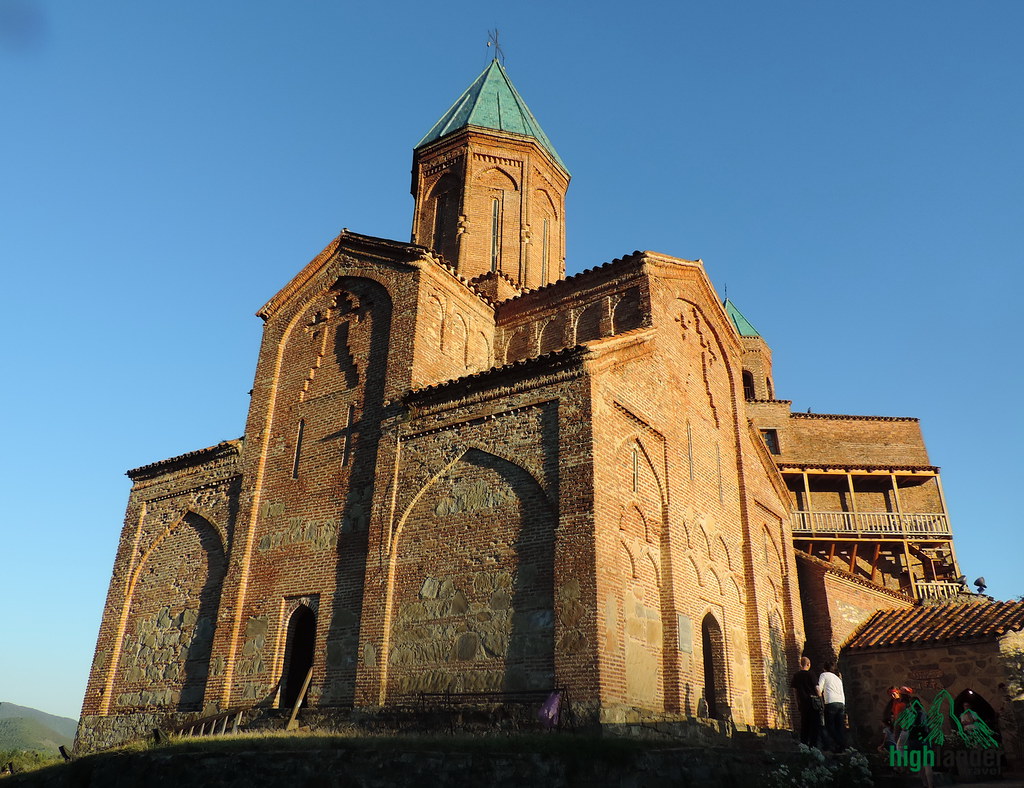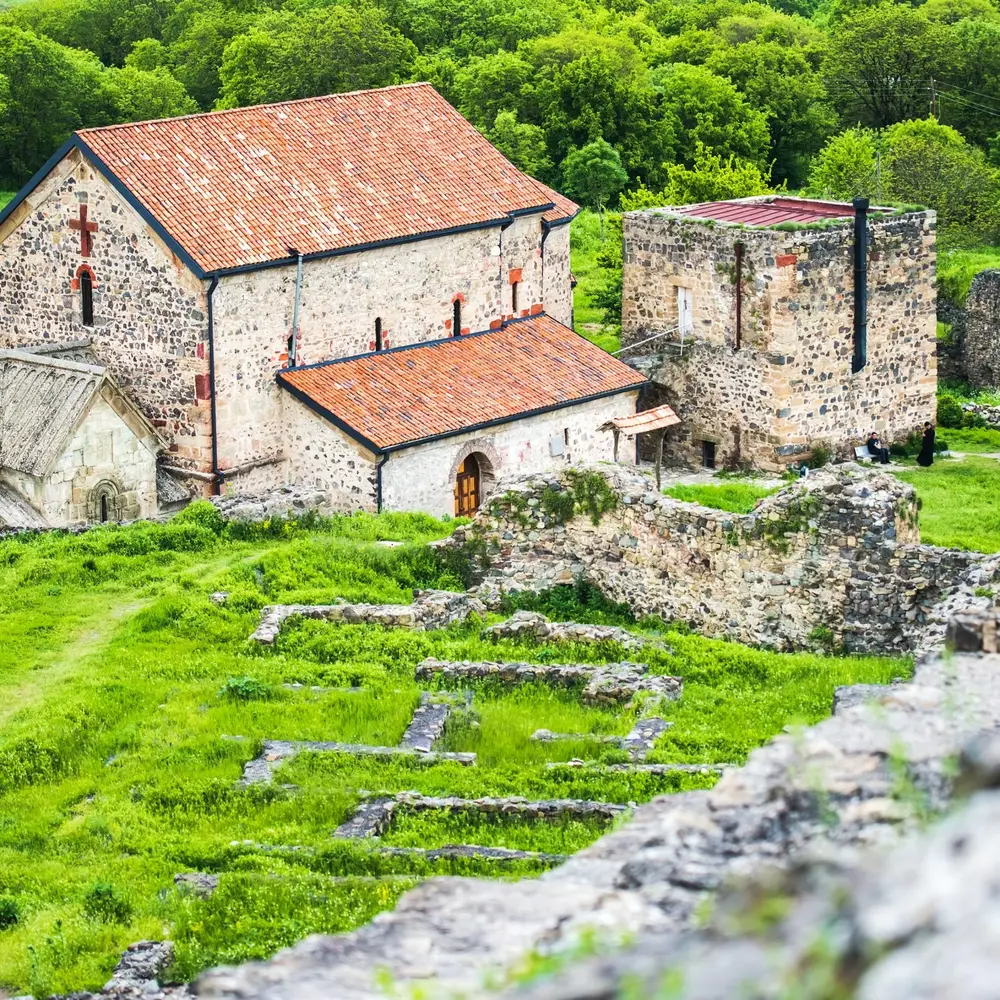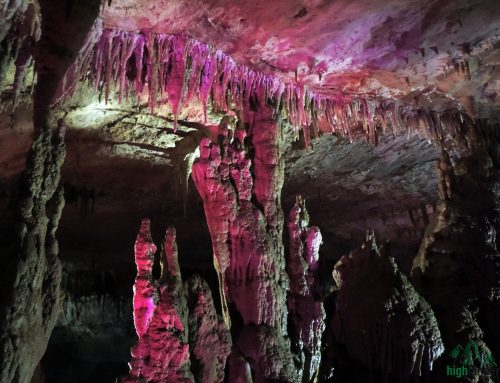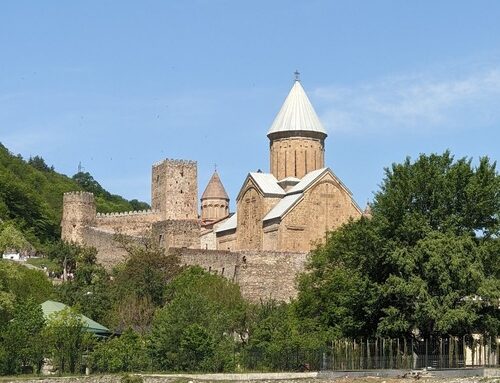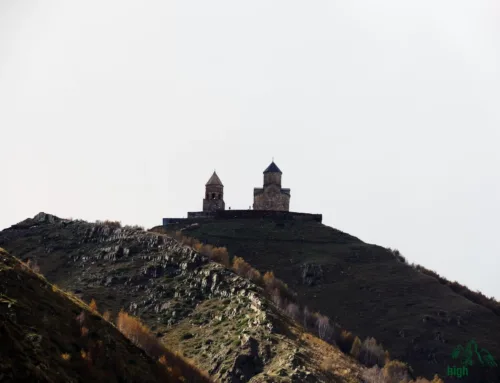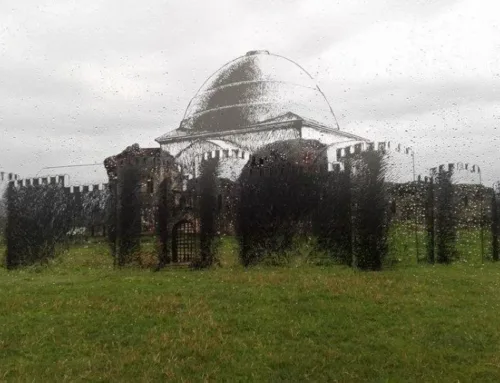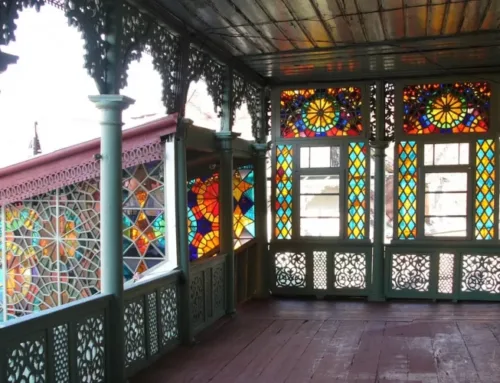Samshvilde
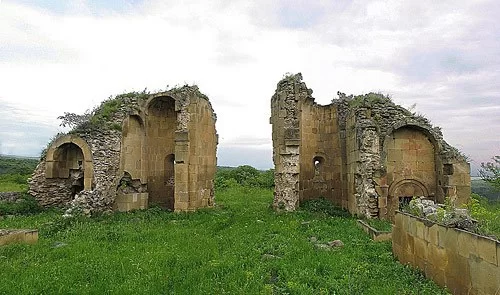
Samshvilde settlement is located some 70 km southwestwards from Tbilisi and covers the cape raised at the point of confluence of R.R. Ktsia and Chivchavi in the Kvemo Kartli region. History of this well-developed and fortified settlement begins as early as Pre-Christian Era and lasts till the beginning of XVIII c AD. During its long lifespan, the city had always played an important role in the political and economic history of Kartli.
Numerous churches are located on the territory of Samshvilde – a basilica of IX – X cc, a large single–nave church of IX-X cc with some fragments of wall painting, etc. But Samshvilde Sioni church, built in 759-777 by the local grandees, Varaz-Bakuri, his brother Johan and sister Deborah, called “the Queen of Samshvilde”, direct descendants of Pitikhshi of Kartli is the most significant of all other cult building remains. It’s worth of mentioning that the reign of the byzantine Emperors Konstantin V Komprinimus and Leon IV the Khazar is indicated in the church built in the country where the Arabs had been rulling. This fact hardly can be regarded as accidental — it rather reveals political tendency, perhaps a protest against the Arabs.
The architecture of the church strictly and openly follows VII century Tsromi Cathedral in all of its basic details, thus highlighting loyalty to national and Christian traditions. Although the architect of Samshvilde does not simply duplicates the original – the ratio between the dome and the entire space of the church has been changed, nartex is rejected, whereas the western shoulder is slightly elongated and divided into three “naves”. A pair of rooms are arranged at each side of the sanctuary apse, and respectively the number of niches is increased up to four instead of two. This gains dynamics to the internal space of the church. But the most important feature of Samshvilde Sioni is its highest artistic value – even today when only sanctuary has partially survived, the sophisticated forms of the walls and rooms, coupled with the perfect laying of neatly hewn stonework vaults strongly impresses the viewer.

